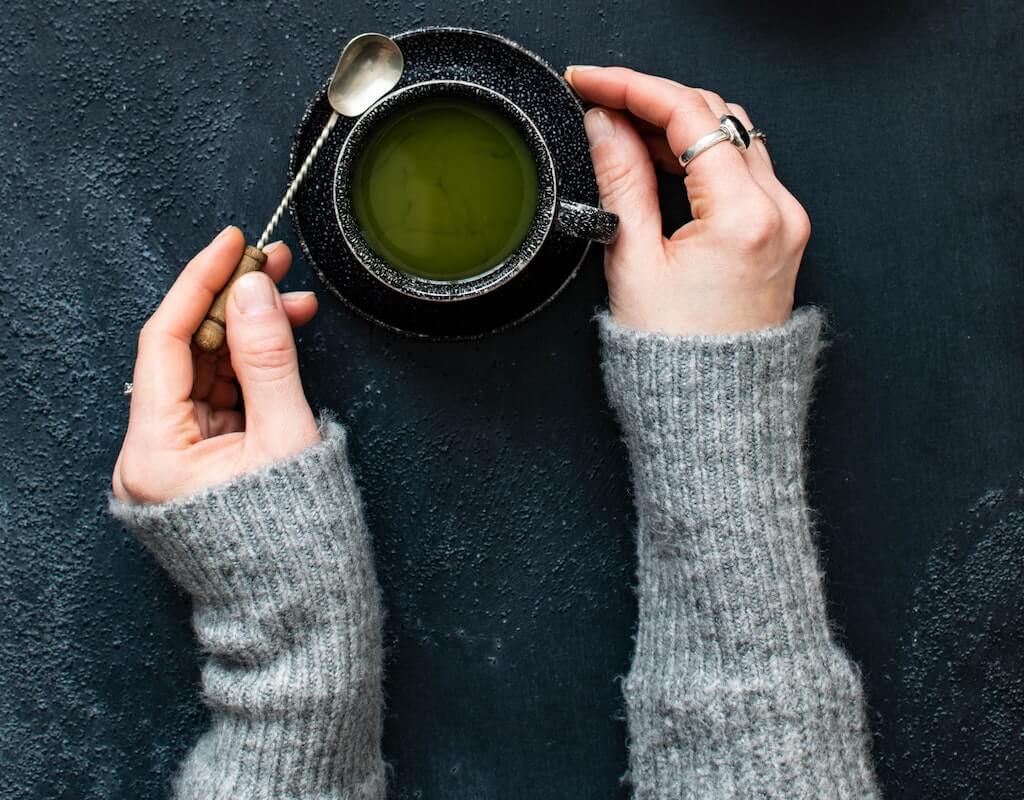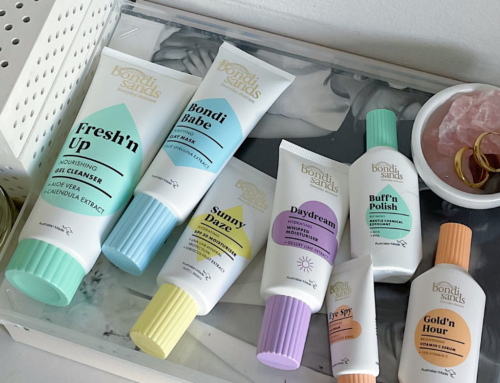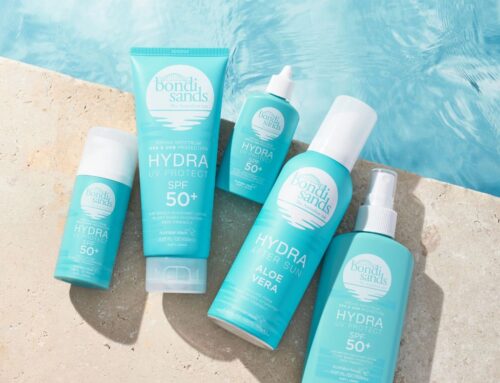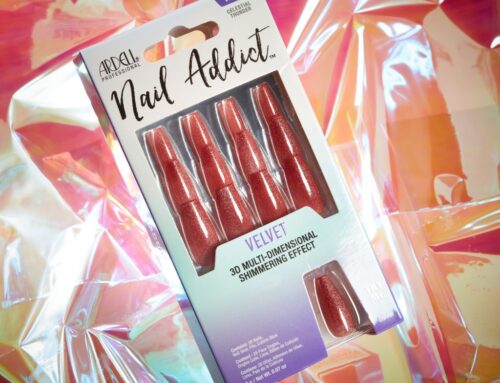Acne through puberty will always be the bane of anyone’s existence but unfortunately, it doesn’t always stop there. Don’t be concerned if you are still suffering from the occasional spot here and there because you could be getting flushes of hormonal acne.
Hormonal acne is tied to fluctuations in your hormones. Although it’s typically associated with hormone fluctuations during puberty, hormonal acne can affect adults of any age. It’s especially common in women. It can be tied to many changes in the body, including menstruation and menopause. You are not alone either. It’s estimated that 50 percent of women ages 20 to 29 have acne. It can also affect about 25 percent of women ages 40 to 49.
During puberty acne for most people typically appears in the T-zone. This is around your forehead, nose, and chin. In adults’, hormonal acne generally forms on the lower part of your face. This is typically around the bottom of your cheeks and around your jawline.
Hormonal acne can form in different ways. Some people get blackheads, whiteheads, and small pimples that come to a head, or cysts. Cysts form deep under the skin and don’t come to a head on the surface, They can be bright red lumps, or pink bumps on the skin which are often tender to the touch.
Hormonal acne may be caused by increase of hormones from:
- menstruation
- polycystic ovarian syndrome
- menopause
- increased androgen levels
To be frank, acne is normal and you should never be ashamed. Everyone gets it. But if you are looking for ways to tame your outbreaks there are some easy ways to control it.
Unless your hormonal acne is mild, over-the-counter products usually aren’t successful. This is because hormonal acne takes form in cystic bumps. These bumps form deep under the skin, out of reach of topical medications. If you are suffering from adult cystic acne, the best thing to do is booking an appointment with your doctor of dermatologist.
For mild to moderate acne, oral medications balance your hormones and clear up the skin. Common options include oral contraceptives and anti-androgen drugs. These work from the inside out, typically getting worse before it gets good.
Oral contraceptives
Some are used specifically used for acne treatment. These contain ethinylestradiol and one of the following:
- drospirenone
- norgestimate
- norethindrone
These ingredients are able to target the hormones that can lead to acne. Oral medication is helpful during the peaks of increasing hormones, such as during ovulation.
Oral contraceptives may not be an option for you if you have a history of blood clots, high blood pressure, or breast cancer. You also shouldn’t take these if you smoke.
Retinoids
If your hormonal acne is mild, you may be able to use topical retinoids. Retinoids are derived from vitamin A.
Many retinoid creams, gels, and lotions are available over the counter. But it is advised to see your doctor about a prescription-strength formulation for the best chance. A prescribed product is often the most effective way to keep your skin consistently clear.
If you add a topical retinoid to your regimen, it’s important to apply sunscreen daily. Retinoids can increase your risk of sunburn.
Tea tree oil
Plant-based treatment options in some cases, can be used to clear up mild hormonal acne.
Natural products typically do not contain the side effects sometimes treatments caused by prescription options. But they also may not be as effective.
Tea tree oil works by decreasing the inflammation of skin which can lead to acne. One study found that 5 percent topical tea tree oil decreased symptoms in participants with mild to moderate acne.
Tea tree oil is available in many of skin care products, such as cleansers and toners. You can also use tea tree essential oil as a spot treatment.
You should always dilute tea tree essential oil with a simple oil before use. Popular oils include coconut, jojoba, and olive. You can also dilute it with water if these oils are a no-go. The general rule is to add about 12 drops of simple oil to every one to two drops of essential oil.
Doing a test patch is very important. This will make sure that you can use tea tree oil on your sensitive facial skin. To do this, apply the diluted oil to the inside of your forearm. If you don’t experience any irritation or inflammation within 24 hours, it should be safe to apply elsewhere.
Alpha hydroxy acid
Alpha hydroxy acids (AHAs) are plant acids derived mostly from citrus fruits. AHAs aids in the removal of excess dead skin cells that may be clogging pores. Plus, AHAs can help minimize the appearance of acne scars.
AHA can be found in many over the counter masks and creams. But be careful because AHAs can increase your skin’s sun sensitivity. You should always wear sunscreen when using products with AHA.
Green tea
Green tea is known for decreasing inflammation in the body. For a more natural approach, consider drinking a few cups per day, you can also include your topical regime too. Lotions and gels containing at least 2 percent green tea extract may also be beneficial.
How to you deal with acne?
See More:
 Written by Sophia Ivory
Written by Sophia Ivory
Curly hair and she don’t care, this stylish babe plays by her own rules. With a love for dance and all things body positive, you’ll usually find her searching out the latest fashion trends and digging through local thrift stores. Word of warning, don’t bring your dachshund around her, she’ll want to keep it.
Check out her Instagram for all things goals! @sophiaivory






Leave A Comment
You must be logged in to post a comment.